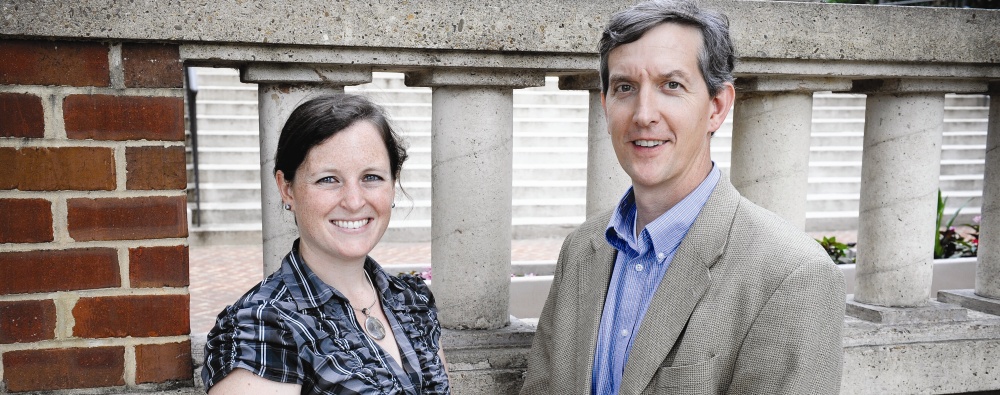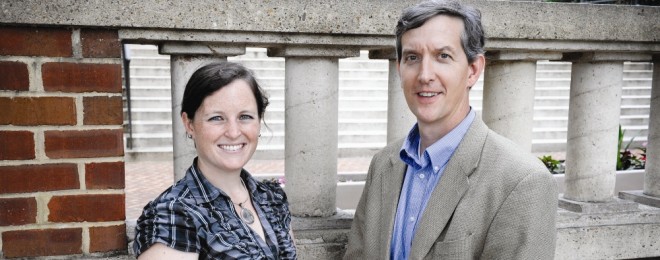
The transition from schoolteaching to restorative justice practitioner was not a big leap for Rebecca Stone (MA ’11). She had worked in a therapeutic boarding school for two years and grasped the skills and methodologies helpful for addressing problems with special education students. She was patient, affirming, flexible. A good listener.
All of which stand her well for the hours she spends with middle and high school students in and around Charlottesville, Virginia, working case by case, often before school begins and at the end of the school day, to help students address the messes in which they find themselves and to make amends as needed.
Since the founding of Central Virginia Restorative Justice in 2002, Stone is its first employee to meet many of its school-aged clients in the schools that they attend.
In 2001, Dave Saunier (MA ’04) became the first full-time director of Central Virginia RJ. Saunier was lucky. Charlottesville, the hometown of Saunier and of the University of Virginia, already had a core group of “movers and shakers” interested in pursuing alternatives such as restorative justice.
The region’s criminal justice planner had assembled a “restorative justice task force,” consisting of a key judge and a half-dozen prominent players within the criminal justice system, including an assistant commonwealth’s attorney. To this day these individuals remain core members of the task force.
“I had the benefit of growing up in a community that has a culture of openness to doing things differently,” said Saunier.
Even though the interest and will were present, the funding was not – or at least, it had to be patched together from grants that were not large enough or long-term enough to enable Saunier to work with the security of a solid salary and assurance that his organization could operate beyond a year or two.
“Nobody is doing restorative justice as a lucrative career or highly prestigious profession,” said Saunier. “All of us are motivated by the belief that RJ is healthier for everyone – for the victims of crime, for the offenders, and for the communities torn apart by crimes. Healthy communities built on strong relationships produce less crime and wrongdoing.”
In fiscal year 2010, Central Virginia RJ served 190 people. The results were impressive. Juvenile offenders who went through RJ processes had a 10 percent re-offending rate, compared to 25 percent for the state of Virginia. The victims served expressed 100 percent satisfaction in the outcomes, in confidential post-intervention surveys. Eighty-two percent of the clients fully completed their agreed-upon accountability steps.
And demand keeps growing: More than 200 people were served in fiscal year 2011.
Asked for a story on how RJ has helped in Charlotteseville, Stone offered this one:
Two teenage boys were hanging out at a bus stop when a UVa graduate student and his girlfriend walked by. The girlfriend was whistled at, and a plastic bottle was thrown the couple’s way. The grad student verbally reprimanded the teens, and one of the young men punched the grad student, breaking his nose.
Stone and other staffers spent almost six months laying the groundwork – that is, meeting with all parties to prepare them – and then facilitated a circle process which included the teenagers, their closest adult family members, a former teacher of one teen, and the victim of the assault.
The teens expressed genuine remorse – one had tears in his eyes, after listening in the circle to his mother speak about how saddened and disappointed she felt upon hearing that her son would attack someone like that. The teenagers agreed to split the $520 bill for the grad student’s medical treatment and lost wages. The grad student expressed satisfaction at the end, saying he felt more secure and hopeful for the boys’ future.
